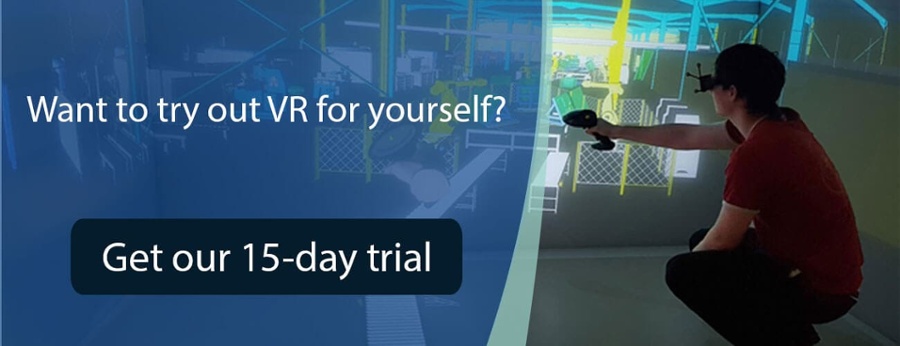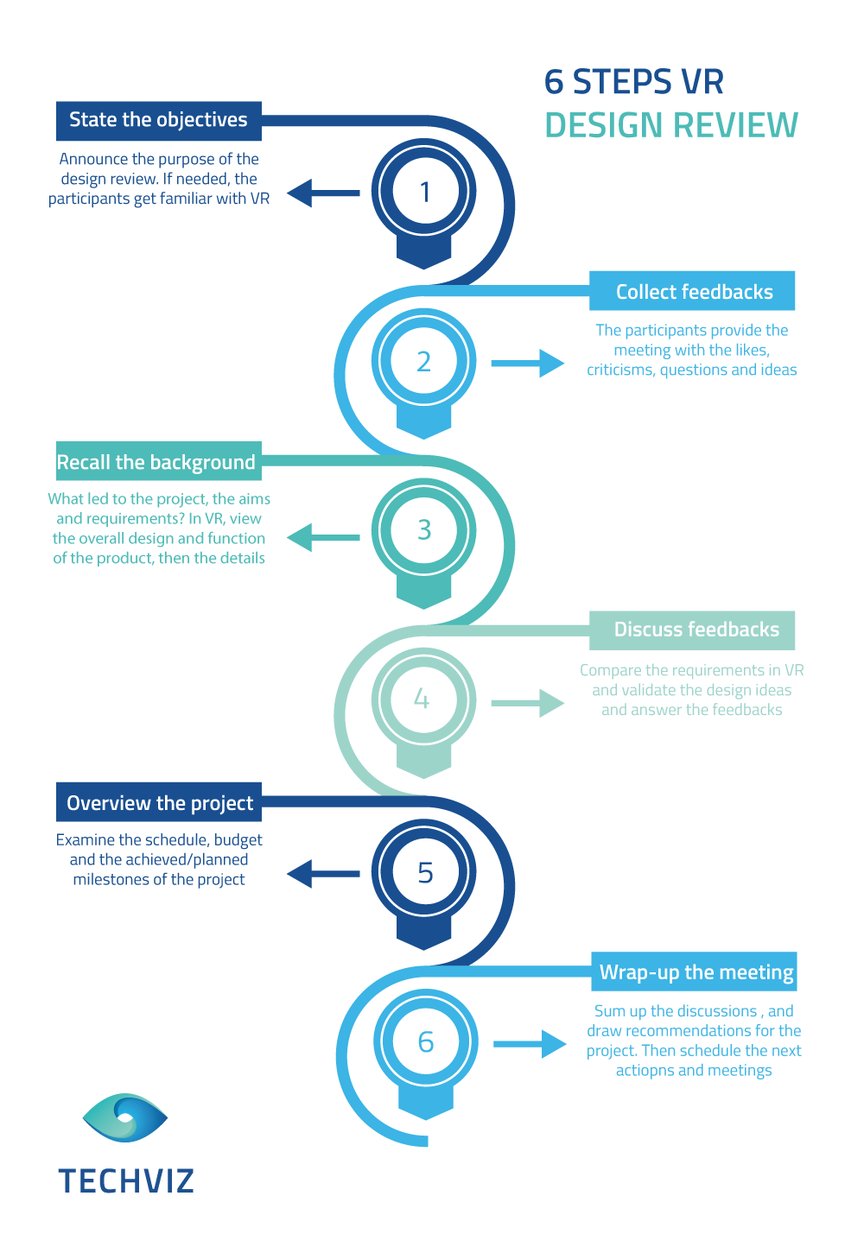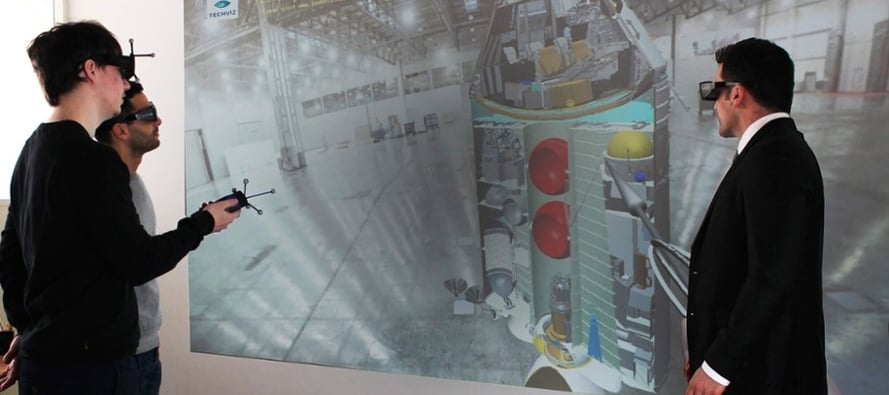
As manufacturing grew more complex, the need to find and fix errors before production has become crucial, hence the need for design reviews. But let’s be realistic a moment: if it happens with the 3D model of an airplane or a manufacturing plant, good luck finding it! This is where Virtual Reality (VR) intervenes (and especially VR collaboration). VR design review enables you to be immersed in your 3D data, see your product at full-scale and simulate its operation.
In this article we will give you all the information you need to review your projects in VR :
- What is a design review and why it is important
- 6 steps for a perfect design review in VR
- Should you really conduct your reviews in VR? (The answer is yes)
What is a design review and why it is important
What is a design review?
A design review is a necessary step in many projects. They provide a forum in which the key departments can answer crucial questions together, clarify assumptions and seek cross-department feedbacks and advice. Why is it important? Mainly because design or engineering teams usually get feedback on the design of the product, and the production and/or customer-related departments receive feedback on issues involving the technical status of the product. Design reviews enables everyone to be on the same page.
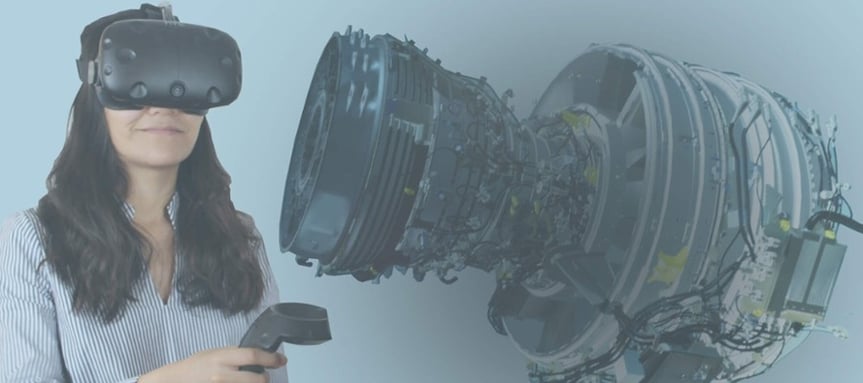
The different types of design review
You can separate technical and project review: the first involve subject matter experts and only deals with the technical issues, the second includes other aspects such as budget, schedule and resources.
Here’s the different type of design review that can be conducted in a project (you can bundle them up of course):
- Requirements definition: to ensure all the constraints have been clearly identified
- System design: to verify the requirements and team allocation to build the different parts if you are working on large-scale projects, or with multi-site collaboration
- Preliminary design review: to check if the design concepts are feasible, what the technical requirements are, and the pros and cons for the different concepts. It includes preliminary prototypes or digital mock-ups, but also the projected budget and schedule, identified pain points and mitigation plans
- Critical design review: to evaluate the design against the detailed requirements. It includes budget and schedule, project progress, risk management and production assessment
- Final design review: to check the issues and suggested solutions regarding the product. In this meeting you will agree to all necessary (and final) changes about performance, cost, reliability and manufacturing issues
- Production readiness review: to see if your manufacturing line is ready for production, especially when there is a lot of products (more risks of error)
- Ad hoc reviews: to deal with any problem that may arise during the course the project and threatens to change the direction of the design
6 steps for a perfect design review in VR
Before anything, remember to give all participants a design review package 1 week prior the meeting, and that they read and worked on this package before the VR project review. This package includes elements the current requirements for the project, digital mock-ups and schedule. See the Design Review in VR Checklist for more information
0 – Introduce the different participants in VR
The leader of the meeting allows people to put on the VR headset or googles, and introduce themselves in VR. These introductions should include their organization, their position and area of expertise. If it is necessary, there will be a time for the participants to familiarize themselves with the VR interface and tools, and personalize their avatar.
1 – State the purpose of the review
The leader of the meeting states the purpose and objectives of the design review. As we saw earlier, depending on the project’s progression, the purpose of the review can change. The following questions can be the basis for a design review:
- Is the project feasible?
- What is the project technical requirements? Is it safe?
- How much will the project cost in terms of resources, time, skills…?
- How is the project progressing?
- Is the project on time or not?
- Does the prototype performs as expected?
- What are the main difficulties encountered during the project?
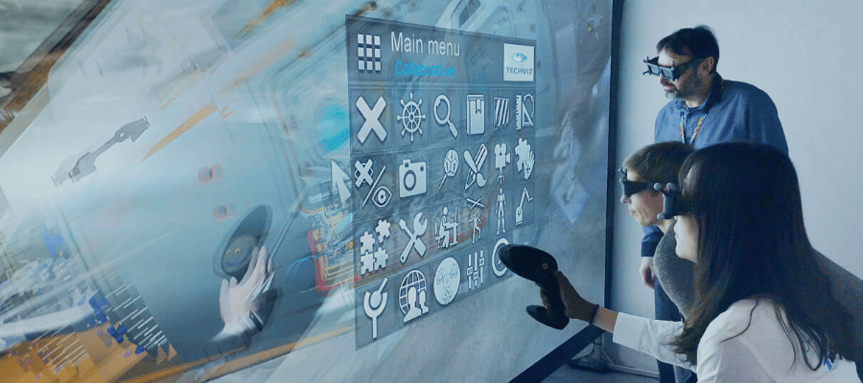
2 – Gather objective and constructive feedbacks
The participants provide inputs on the project. One of the most constructive way to get a feedback is to use a framework like this one :
Feedbacks allows designers (and the other participants) to talk about what they liked the most, what thy didn’t like, the questions they have and the ideas they had regarding the provided design review package.
Keep these annotations in the VR environment, so that you can properly follow the project’s progress and the team’s concerns.
3 – Remind the project’s background
This is generally done by the lead engineer. They remind the participants of the circumstances that led to the project, outline the objectives and significant requirements. The design approach begins with an overview in VR of the overall design and function, then delves into the finer details. All the changes done since the last design review are reminded (requirements, design, project). If they have the data, a competitive analysis is always useful.
If you are at an early stage of product development, this stage is also the moment to show the other concepts you have considered. VR collaboration will allow several people to work on one (or several) CAD models.
4 – Discuss the product and assess the feedbacks
This step involves all participants of the meeting (with discussion facilitated by the lead engineer). All the critical requirements of the products and the way design satisfies it are presented. VR allows to show the models (or parts of it) at scale 1:1, demonstrate the testing and simulation that lead to each design choice. This step will enable the team to validate the design’s assumptions and answer the feedbacks collected at the beginning of the meeting. It is also the time to assess risks, concerns and make cross-team recommendations. VR engineering tools will allow participants to clip notes and take photos of the different model’s parts, and address all the issues related to the product.
Pro tip: limit the time of each participant to give their feedback (like 5 min max), so that everyone can give their own input
5 – Overview the schedule, budget, resources and risks
The project manager overviews the schedule of the project, highlighting the significant milestones achieved and planned. Budget and resources are examined as well: what has been spent, what is projected versus the planned spending and what’s available. The participants get a better view of the status and risks related to the project.
6 – Wrap-up the review design meeting
The leader of the meeting and the lead engineer sum up the different discussions and issues addressed and draw the recommendations about the project. Then they review the next actions for the project and set-up the next meeting.
Should you really conduct your reviews in VR? (The answer is yes)

Most companies use CAD models as a tool to convey design ideas during the design process. However, CAD on a screen can’t meet all the requirements for the validation process, especially for functional or ergonomic aspects. Besides, CAD software offer a limited experience for an intuitive analysis or manipulation of the 3D data for the non-expert users attending the design review meeting.
VR offers an immersive and intuitive experience with low-learning requirements. It allows engineers to view their project in 3D and gain a greater understanding of how the product works. In fact, 43% of manufacturing companies say VR will become mainstream in their organization within the next 3 years (Capgemini, April 2019)
The most common work-related application of VR in the industry are prototyping and design review process. It provides you with all the tools you need to display and interact with your own 3D content in virtual reality. It gives you the answers you need fast and intuitively. Also, virtual prototyping saves time and money compared to physical prototyping by addressing product life cycle like ergonomics, layout or maintenance very early in the design to market process.
So, should you conduct your design reviews in VR? In practice, VR probably won’t replace all the aspects of a “classic” digital review. Depending on the frequency off the design reviews on your project, and their aim, VR should be involved as key meetings to gather people in the virtual environment created specifically for the project. As it is, other meetings like the daily 10 minutes should continue on the side.
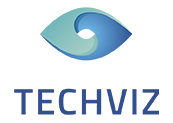





 Back to Blog
Back to Blog
